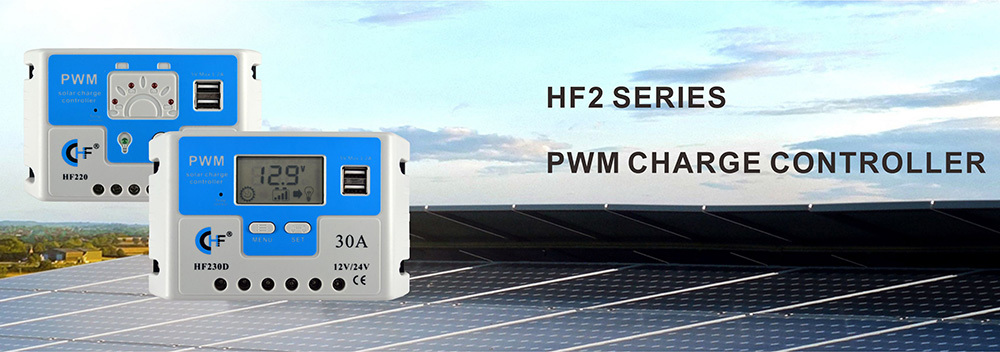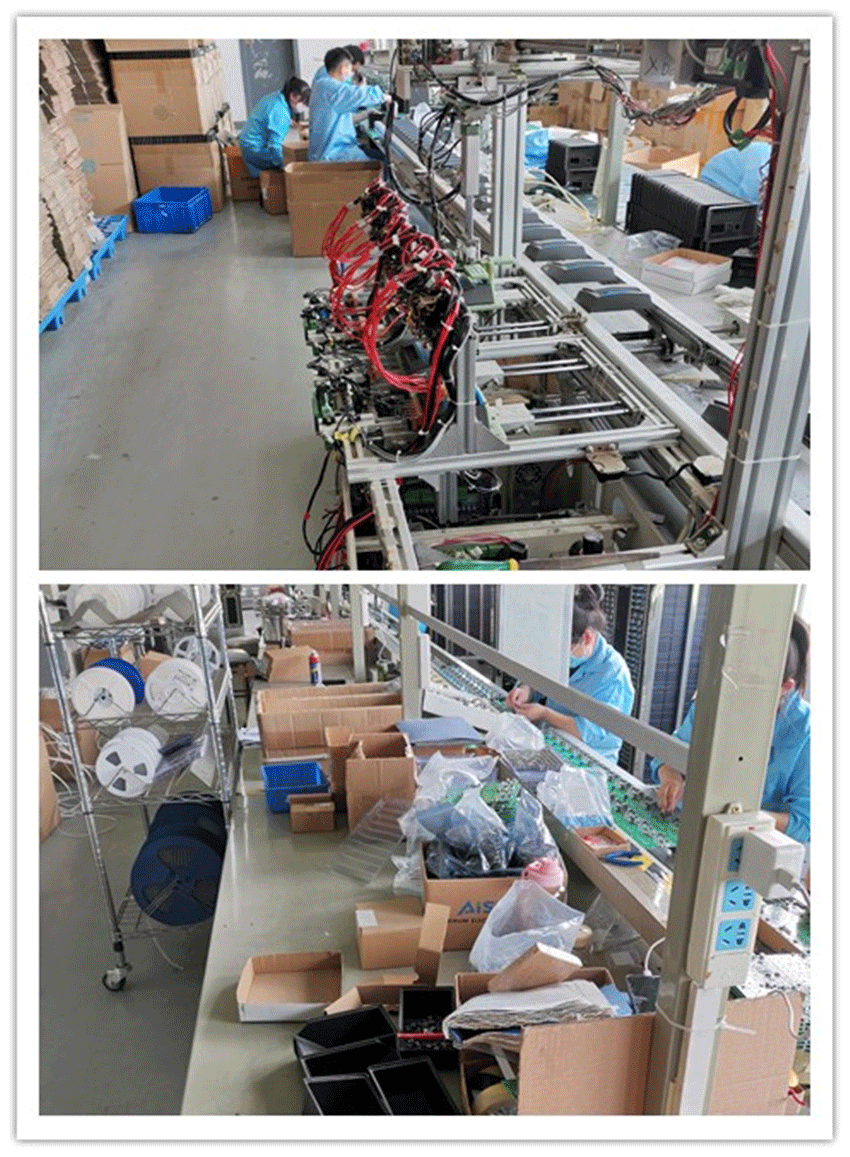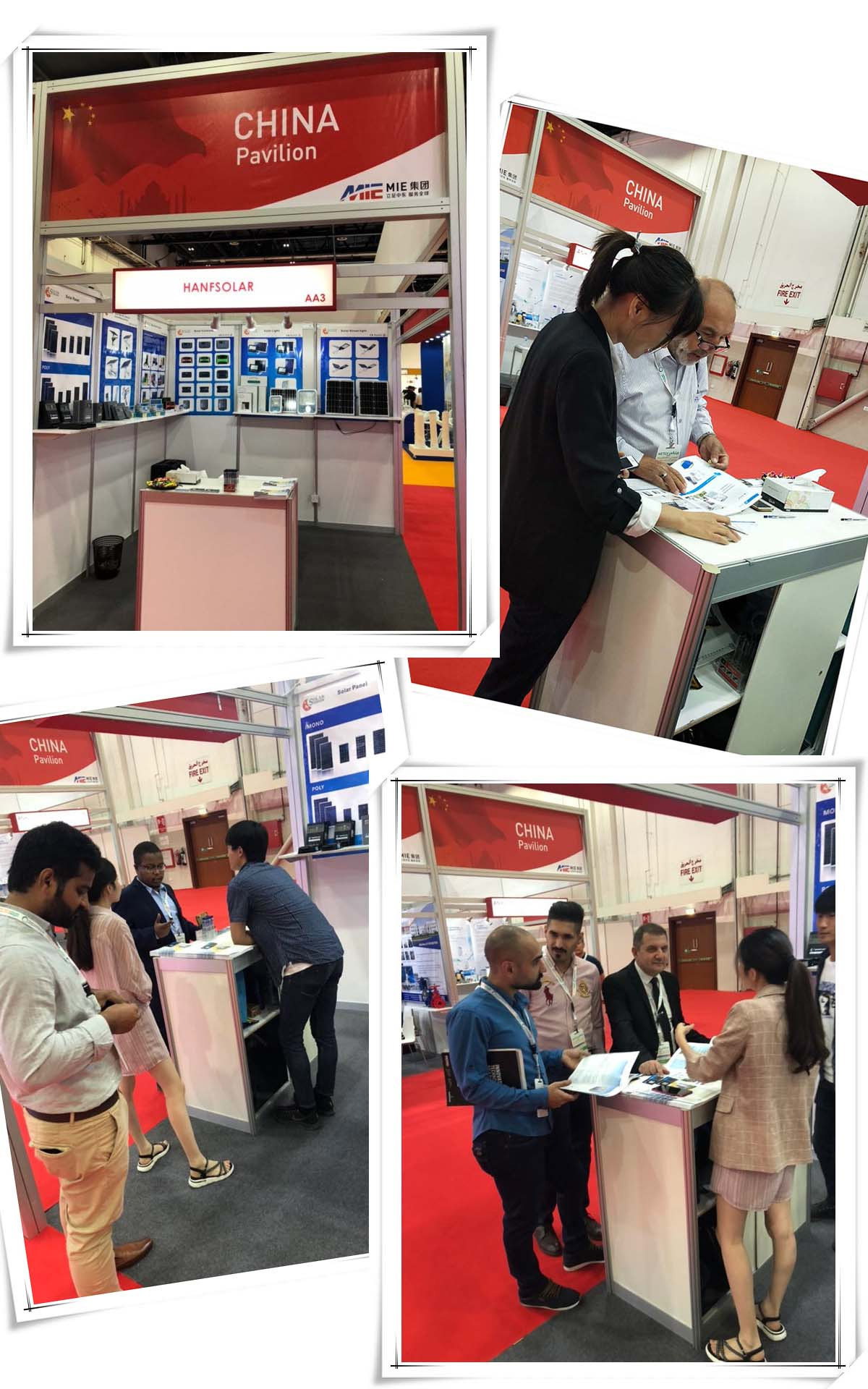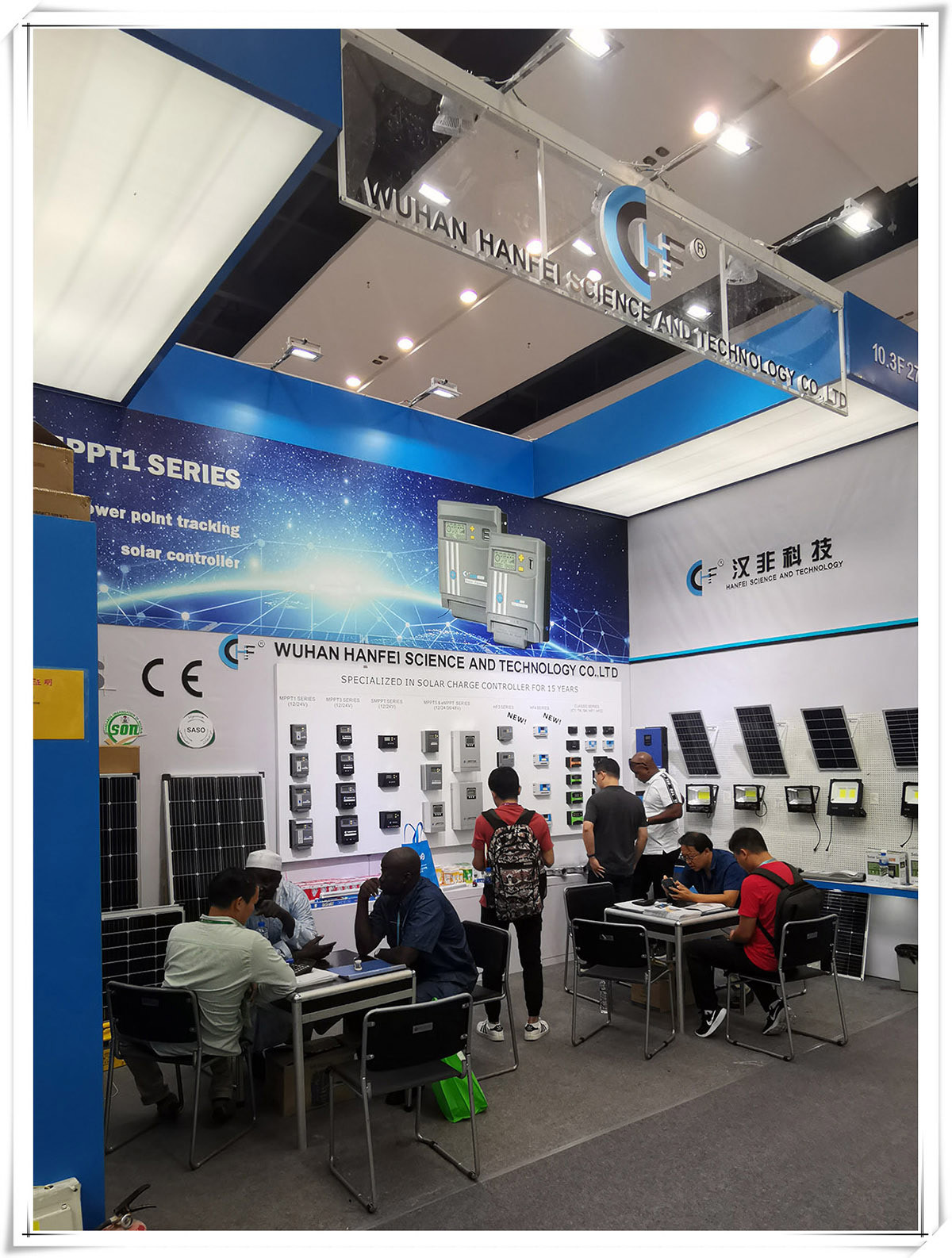News and Information

PWM charge controller working characteristics
Release date:
2022-08-09 14:58
Source:
PWM solar controller refers to the use of the digital output of the microprocessor to control the analog circuit, which is a method of digitally encoding the analog signal level. Controlling analog circuits digitally can greatly reduce the cost and power consumption of the system. A PWM controller is included in many microcontrollers. The PWM solar photovoltaic controller uses three-stage charging modes: balanced charge, strong charge, and floating charge.
The basic principle of PWM solar charge controller: When the narrow pulses with the same impulse and different shapes are applied to the link with inertia, the effect is the same. The PWM solar control principle is to divide the waveform into 6 equal parts, which can be replaced by 6 square waves equivalently. There are many classification methods of pulse width modulation, such as unipolar and bipolar, synchronous and asynchronous, rectangular wave modulation and sine wave modulation.
Previous page
Recommended News
RECOMMEND NEWS
Wuhan Hanfei Technology Co., Ltd. has started! ! !
2025-09-17
On April 8, 2020, Wuhan City completely lifted the ban, and our Wuhan Hanfei also resumed production. Now welcome new and old customers to consult.
Hanfei Technology participated in the 2019 Dubai Exhibition
2025-09-17
Hanfei Technology participated in the 2019 Dubai Exhibition
Hanfei Technology is waiting for you at the 126th Canton Fair
2025-09-17
The 126th Canton Fair was held from October 15th to May 5th in Guangzhou Pazhou Complex.







